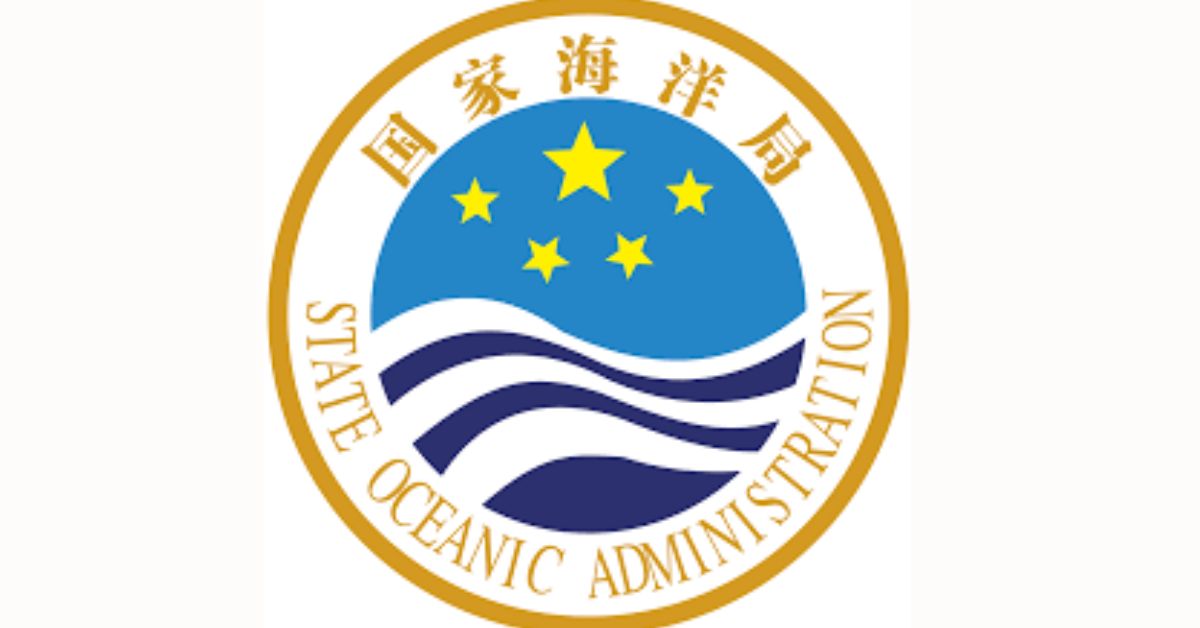Introduction
China’s State Oceanic Administration (SOA) was a key government agency responsible for managing the country’s vast maritime resources and protecting its coastal environment. Established in 1964, the SOA underwent several restructurings to adapt to China’s growing economic and geopolitical interests in the oceans.
Organizational Structure and Functions
The State Oceanic Administration was organized into various internal departments and subordinate agencies. Its main functions included:
- Regulating the coastal zone, including islands, internal sea, neighboring sea, contiguous zone, continental shelf, exclusive economic zones and other sea areas under its jurisdiction
- Issuing permits for sea area use, such as laying of submarine cables and pipelines
- Environmental protection of the marine area, including regulating pollutants, discharges into the sea and monitoring the health of the sea areas
- Organizing and regulating marine scientific surveys and research activities, including approving research from foreign countries or foreign nationals
- Law enforcement to protect the maritime and sea area, involving coastal surveillance, investigation and prosecution of illegal activities
- Organizing basic and comprehensive surveys of the maritime area to promote scientific research and understanding of the environment for protection, economic activity or conservation
Restructuring and Evolving Role
In 2013, China integrated several maritime agencies into a restructured SOA, giving it a more comprehensive mandate for ocean governance. However, in recent years, the SOA’s status and structure have been in flux. In 2018, reports emerged that the SOA had been abolished as part of a government restructuring. But subsequent analysis revealed that while the SOA’s name was no longer being used, its core functions were being maintained under a different organizational structure.The SOA’s evolving role reflects China’s growing emphasis on integrated ocean governance. By streamlining maritime agencies and strengthening coordination, China aims to better manage its marine resources, protect the coastal environment, and assert its maritime interests.
Responsibilities for Sea Area Management
The SOA was responsible for regulating the coastal zone of China, including islands, internal sea, neighboring sea, contiguous zone, continental shelf, exclusive economic zones and other sea areas under its jurisdiction. It issued permits for sea area use, such as laying of submarine cables and pipelines.
Marine Environmental Protection
The SOA played a crucial role in environmental protection of the marine area. It regulated pollutants and discharges into the sea, monitored the health of sea areas, and assessed marine oil and gas exploration and developments, ocean dumping and ocean engineering projects to ensure the environmental impact was minimized and regulations were followed.
Marine Scientific Research
The SOA organized and regulated marine scientific surveys and research activities. This involved approving research from foreign countries or foreign nationals. The agency also organized basic and comprehensive surveys of the maritime area to promote scientific research and understanding of the environment for protection, economic activity or conservation.
Law Enforcement and Maritime Security
The SOA acted as the law enforcement agency protecting the maritime and sea area. This involved coastal surveillance, investigation and prosecution of illegal activities.
Conclusion
Despite the organizational changes, the SOA remains a critical player in China’s ocean policy. It continues to oversee key initiatives such as the protection of the Guangxi Zhuang Autonomous Region’s mangrove forests. As China’s maritime ambitions grow, the SOA’s role in balancing economic development, environmental protection, and national security will only become more important.
FAQs
What is the role of the State Oceanic Administration in China?
The State Oceanic Administration (SOA) is the main government agency responsible for managing China’s maritime resources and protecting its coastal environment. Its key functions include regulating sea area use, enforcing maritime laws, coordinating marine scientific research, and overseeing environmental protection in China’s territorial waters.
What are some of the SOA’s key responsibilities?
The SOA is responsible for issuing permits for sea area use, such as laying submarine cables and pipelines. It also plays a crucial role in marine environmental protection, regulating pollutants, monitoring sea health, and assessing the environmental impact of ocean-related projects. Additionally, the SOA organizes and regulates marine scientific research activities.
How does the SOA enforce maritime laws?
As the law enforcement agency for China’s maritime domain, the SOA conducts coastal surveillance, investigates illegal activities, and prosecutes offenders. It plays a key role in protecting China’s maritime rights and interests.
What is the future outlook for the SOA?
Despite organizational changes, the SOA remains a critical player in China’s ocean policy. As China’s maritime ambitions grow, the SOA’s role in balancing economic development, environmental protection, and national security will likely become even more important.










